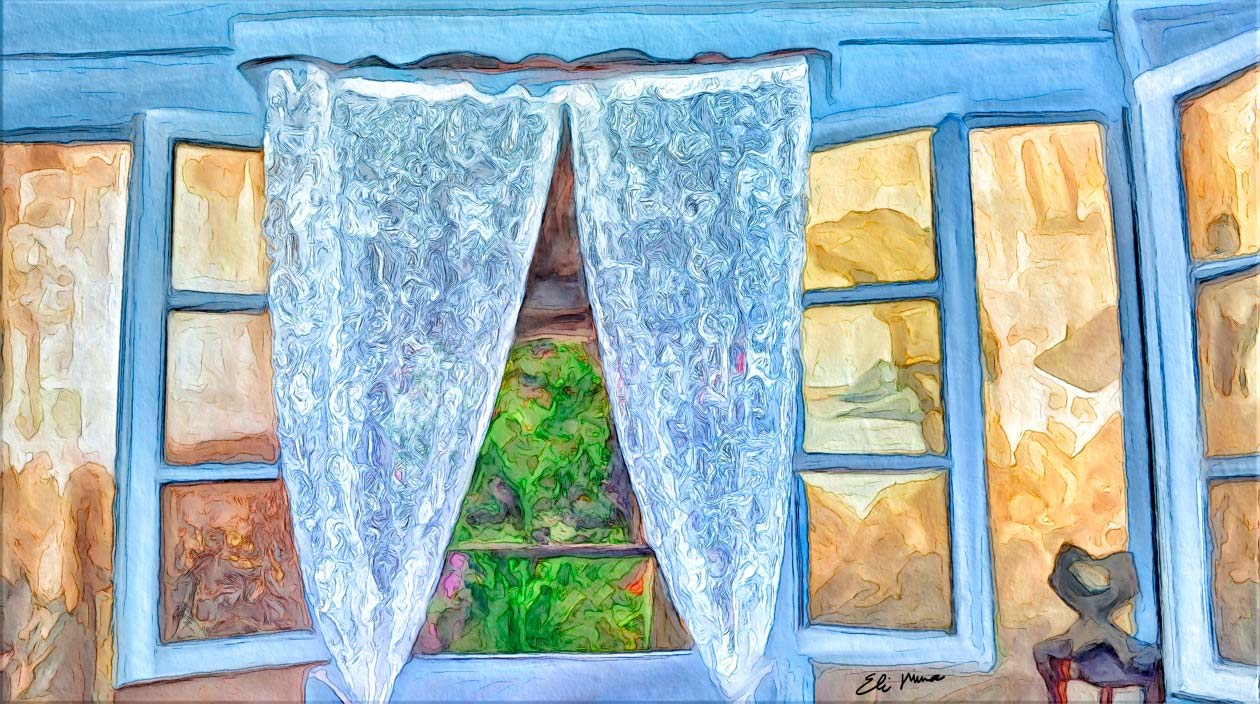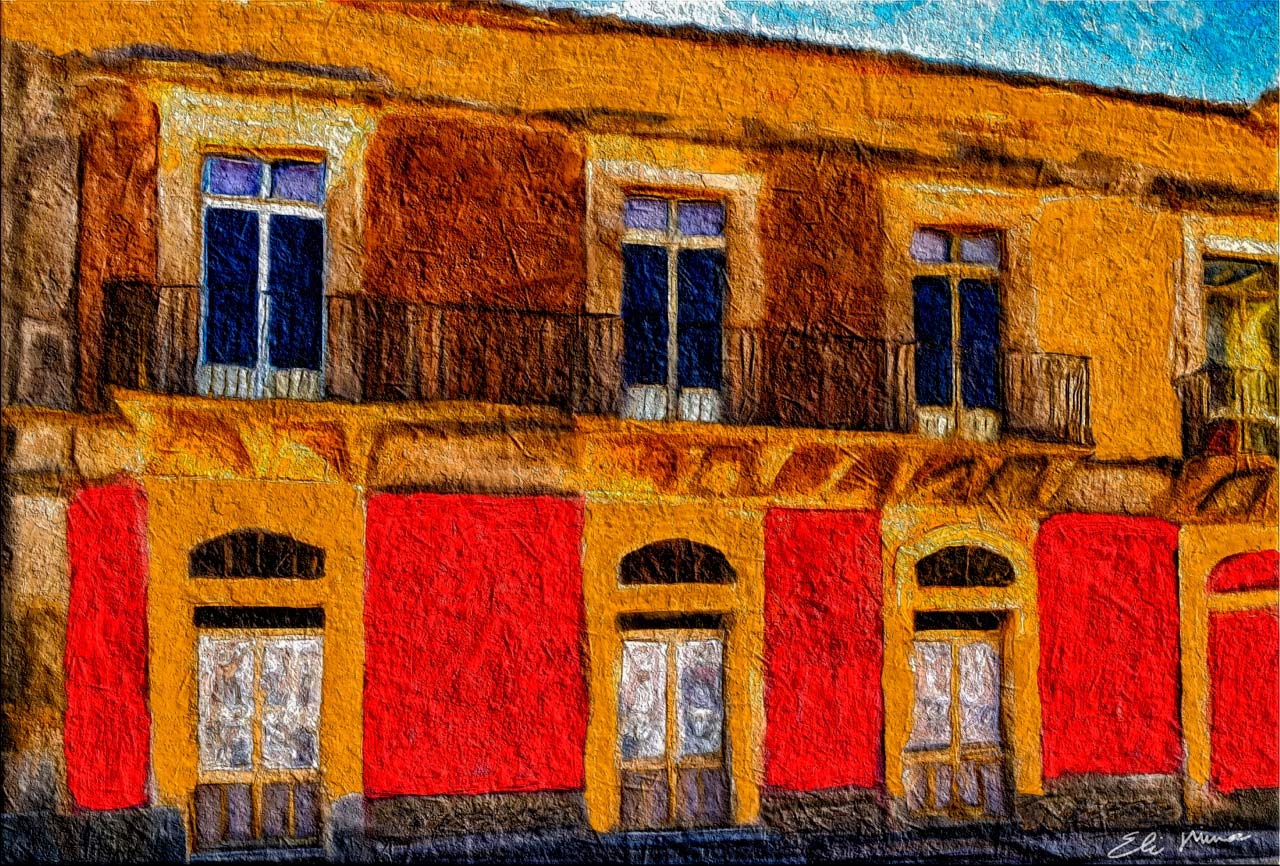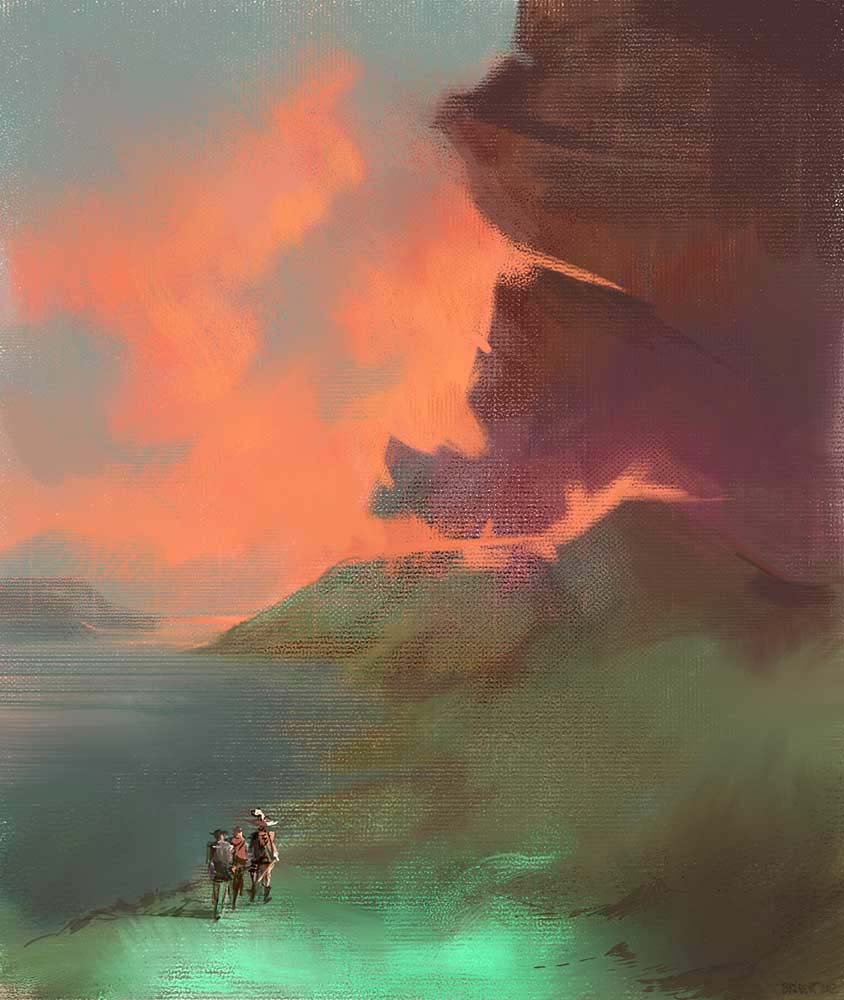
It's hard to believe that the venerable Photoshop was released 20 years ago today. In 1987, Thomas Knoll developed a pixel imaging program called
Display. It was a simple program to showcase grayscale images on a black-and-white monitor. However, after collaborating with his brother John Knoll, the two began adding features that made it possible to process digital image files. The program eventually caught the attention of industry influencers, and in 1988, Adobe made the decision to license the software, naming it
Photoshop, and shipping the first version in 1990.
I remember meeting the Knoll brothers at a trade show in 1989 while demoing Time Arts
Oasis (an early painting application I was involved with) in the Wacom booth. John was rather, hmmm—brash. He took a look at Oasis and said there was no use to even try going up against their new application. He certainly was prescient.
One of Oasis's innovative features at the time was the
Lightbox. This feature enabled the user to place a blank image window over another open image and see through to the underlying image. The effect was akin to tracing paper (Mark Zimmer later related to me that he had seen the Lightbox feature and appropriated the idea in Painter 1.0 as Tracing Paper). I wrote up a concept document that proposed—with some additional engineering—how Oasis and Photoshop could interact with one another utilizing the Lightbox to trace Photoshop images.
We sent to proposal to Adobe and they indicated that they might be interested in Oasis beyond the Lightbox cooperation—they were interested in acquiring it. Oasis had been getting a lot of press for its natural media emulation in concert with the Wacom tablet. As a result of the Adobe interest, we were sure we had a cash cow.
Photoshop Product Manager Steve Guttman and Adobe Ventures' Fred Mitchell came up to Santa Rosa to meet with us. The discussion went well until the matter of what we would consider selling Oasis for. At that point, we really felt that it was worth more to us as a product as opposed to selling it (especially with Adobe showing interest!), so the meeting ended amicably, but with no sale taking place.
Oasis ultimately failed as a product. Time Arts was small and didn't have the capital to properly develop and market a shrink-wrapped product. Who knows what may have happened had Oasis gone to Adobe. Another application, Fractal Design
Painter, would shortly take center stage as the niche-defining natural-media digital paint application. It wasn't long before I was at Fractal, working with Mark and Tom on Painter. Steve Guttman came to Fractal a few years later as Vice President of Product Marketing.
Photoshop has continued as the premier image editing application, and deservedly so. If you would like to hear about Photoshop's history, Adobe and the National Association of Photoshop Professionals will be webcasting a
live stream of a lively celebration of Photoshop along with member of the Photoshop team tonight at 7:30 PST. A lot of interesting discussion is sure to ensue!
Happy 20th Birthday, Photoshop!






